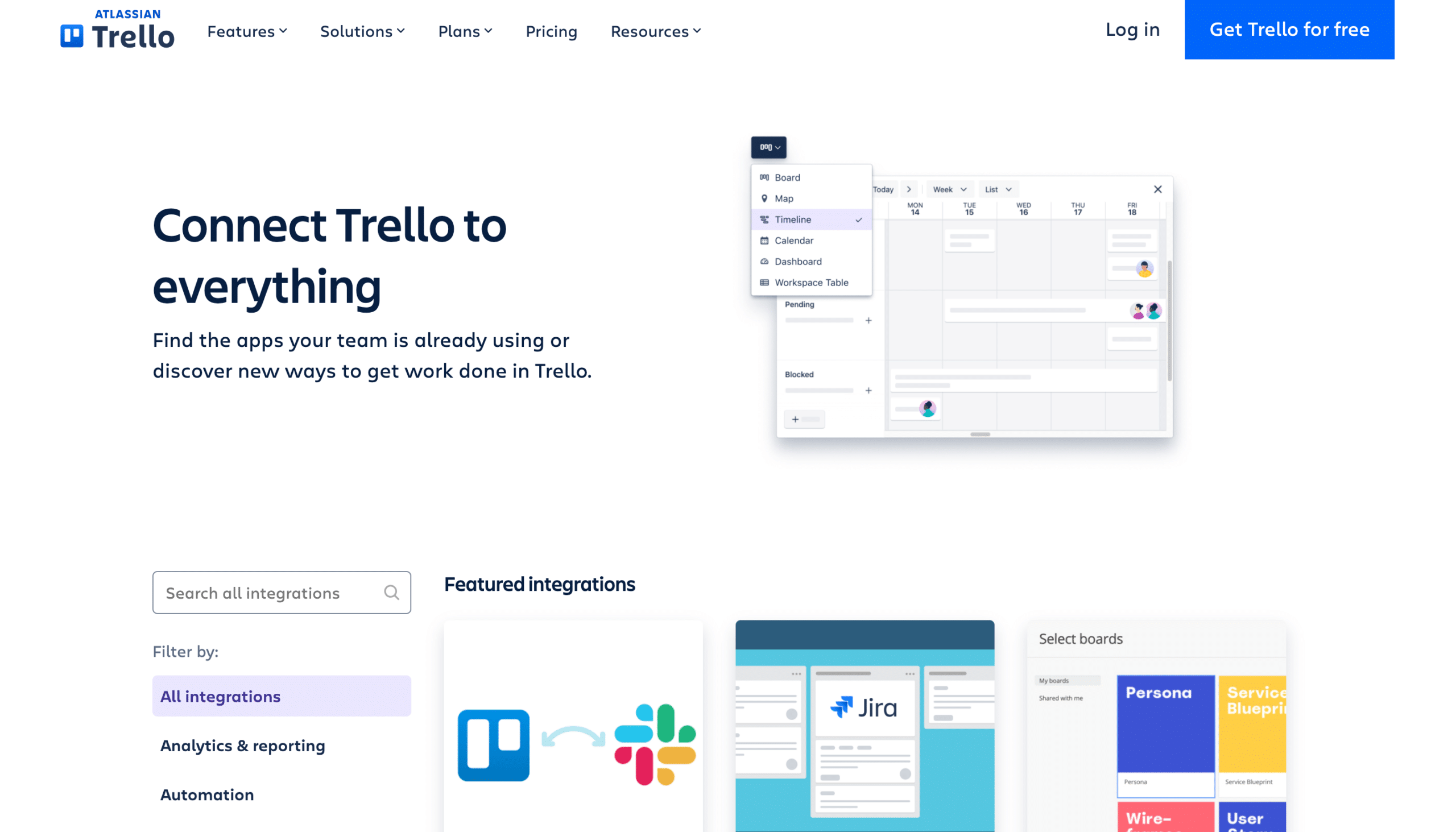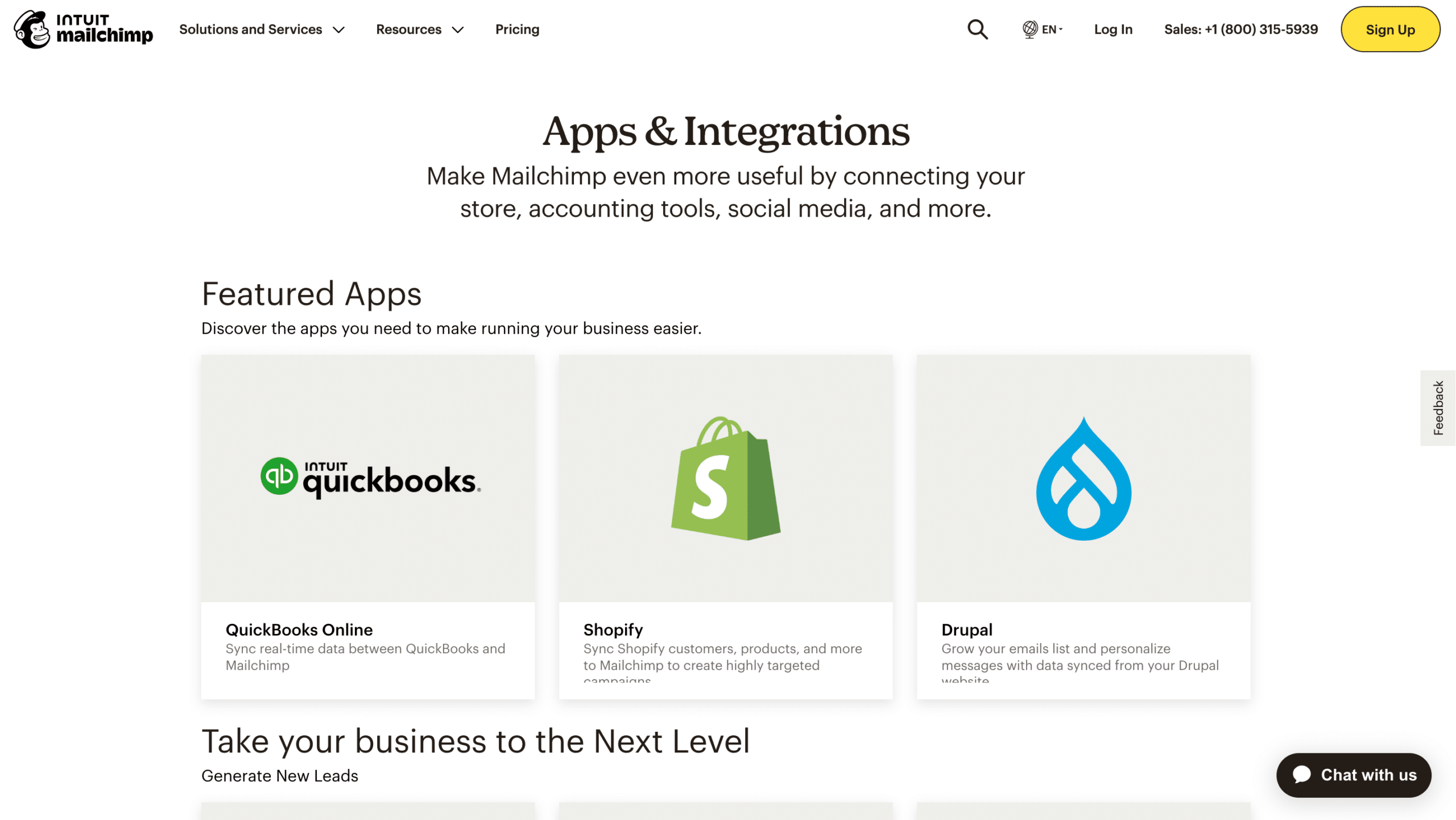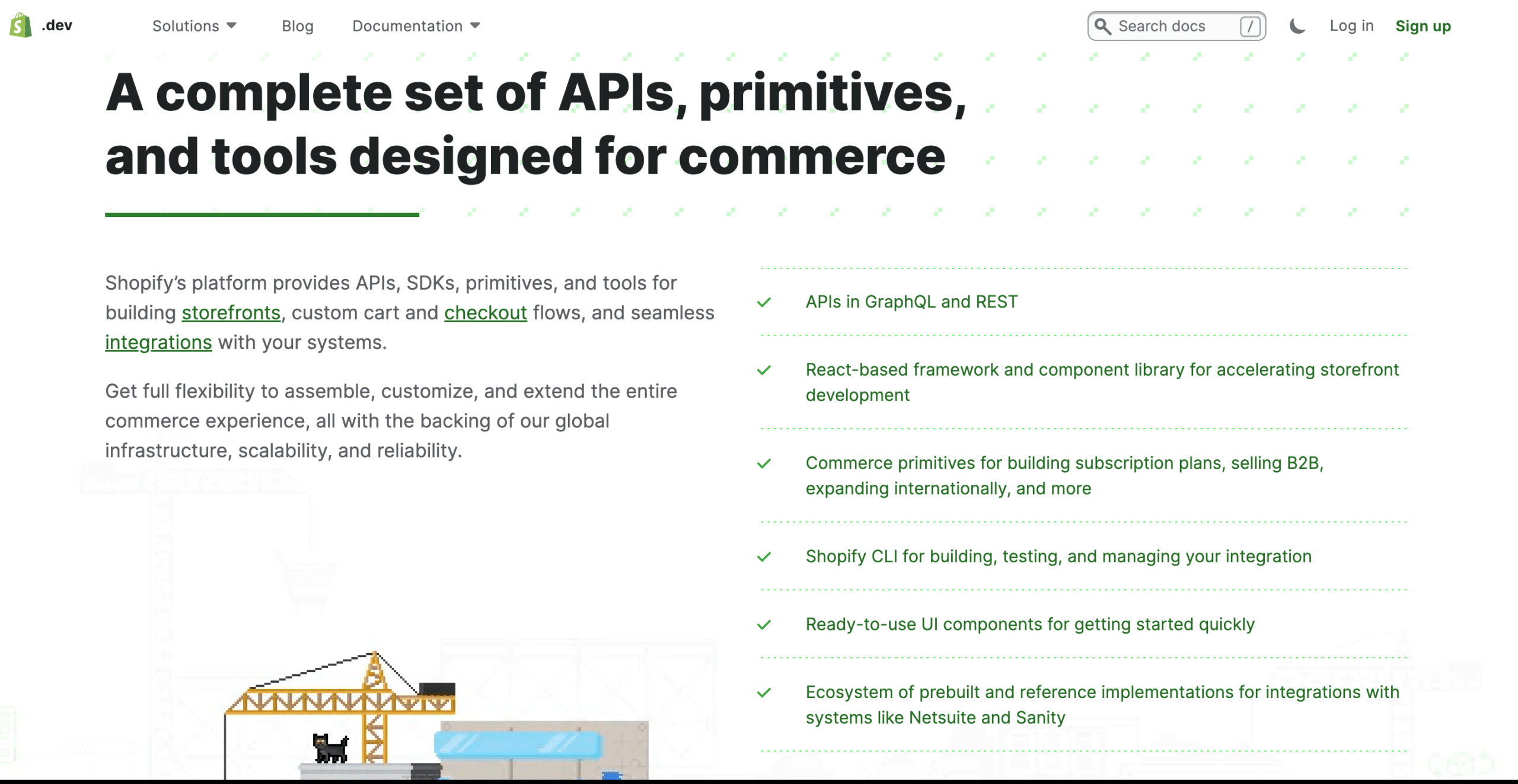When potential customers search for solutions related to their needs, they tend to trust and click on the top search rankings on Google. Therefore, securing higher rankings on search engine results pages (SERPs) is crucial for your software SEO performance.
Let’s jump into the potential of utilizing client website integration tools in tandem with appropriate documentation to positively influence your SEO strategy.
Understanding Client Website Integration For Software SEO
The scope of client website integration can vary depending on the complexity and nature of the SaaS offering. It may include features such as real-time data syncing, interactive elements, customized designs, and access to specific functionalities of the SaaS platform.
The Benefits
Elevated User Experience
By integrating the SaaS solution directly into the client’s website, end-users can access the services without being redirected to a separate platform. This reduces friction and enhances user experiences, leading to improved user retention and increased engagement.
For instance, a project management SaaS provider could offer website integration to allow clients to display their project boards, tasks, and deadlines directly on their website, ensuring a more unified experience for their users. A strong example of this is Trello:

Improved Functionality & Efficiency
By integrating the SaaS solution with the client’s website, businesses can enhance the overall functionality and capabilities of the website. Clients can leverage the specific features of the SaaS product without requiring users to navigate to a separate application. This streamlined approach saves time and effort for both clients and end-users, boosting overall efficiency.
For example, an email marketing SaaS company could offer website integration that allows clients to embed subscription forms, manage subscriber lists, and trigger email campaigns directly from their website’s dashboard.
MailChimp does a great job of this:

Increased Customer Retention & Satisfaction
When clients seamlessly integrate the SaaS solution into their website, they can provide a consistent brand experience, reinforcing their brand identity. This alignment creates a positive association with the SaaS product, increasing customer satisfaction and higher retention rates.
A successful example of this can be observed in e-commerce SaaS platforms like Shopify that offer seamless website integration for online stores. This enables clients to maintain a cohesive brand experience for their customers, leading to higher customer loyalty and repeat purchases.

Leveraging Client Website Integration for Software SEO
Client website integration enhances the user experience and customer satisfaction and plays a significant role in improving SEO for SaaS businesses. When implemented strategically, website integration can positively influence these factors, leading to higher search engine rankings and increased organic visibility.
By offering a client website integration tool, SaaS businesses can achieve the following SEO benefits:
- Improved Relevance & Content Freshness:
Regularly refreshed and relevant content is favored by search engines, which can result in higher rankings for targeted keywords that have high search volume. - Increased Backlinks & Referral Traffic:
A successful website integration encourages clients to link to the SaaS provider’s website or specific landing pages. Building your backlink profile acts as a vote of confidence for search engines, indicating the relevance and authority of the SaaS business. Additionally, referral traffic from integrated websites can contribute to increased organic visibility. - Enhanced User Engagement:
Improved user engagement metrics, such as longer time spent on the website and lower bounce rates, signal to search engines that the content is valuable and engaging, positively impacting rankings.
Creating Effective Documentation for Website Integration
Comprehensive documentation ensures that clients and developers can seamlessly integrate the SaaS solution into their websites without facing unnecessary challenges. You also want to make sure that you’re writing for the entry-level user.
Reducing Integration Complexity
Integration processes can sometimes be complex, involving various technical aspects and requirements. Well-crafted documentation simplifies these complexities, making it easier for clients and developers to follow the integration process smoothly.
Accelerating Integration Time
With comprehensive documentation, clients can avoid time-consuming trial-and-error approaches. Detailed instructions and best practices speed up the integration process, allowing businesses to quickly leverage the benefits of website integration.
Minimizing Support Requests
Clear documentation reduces the likelihood of clients encountering integration issues or uncertainties. By providing all necessary information upfront, businesses can minimize the number of support requests and dedicate resources to other critical areas.
SaaS businesses should recognize the immense potential of website integration and documentation as tools to positively affect their search engine rankings and overall success from your content strategy. By following the strategies, SaaS companies can harness the power of integration to elevate their online presence, conversion rates, and secure a competitive advantage in the dynamic digital landscape.
